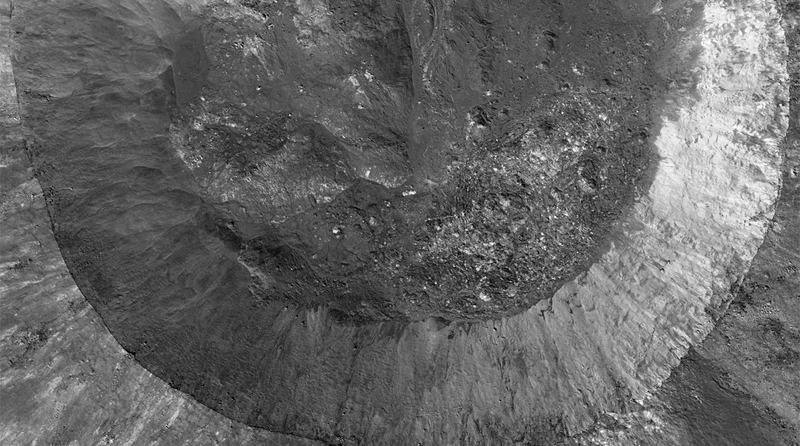New Research Points to Violent Origin of Enigmatic Earth 'Quasi-Moon'

For nearly a decade, a near-Earth asteroid named Kamo’oalewa has invoked speculation over how it came to orbit the Sun in total synchrony with Earth as though it shares some special relationship with our planet. A new study of the oddball may have pinpointed where it came from: a young impact crater on the far side of the Moon.
A team of planetary scientists from Tsinghua University in China created a computer model to simulate the impact that may have birthed Kamo’oalewa, an asteroid that shares a similar orbital path around the Sun as Earth does. The team concluded that an asteroid collision at the site of the Giordano Bruno impact crater may have flung a chunk of the Moon to space, forming the quasi-satellite. The study, published in Nature Astronomy, suggests that an upcoming mission to the asteroid could gather more evidence to support the hypothesis.
Kamo’oalewa, meaning “oscillating fragment” in Hawaiian, was discovered in 2016 and was considered unique due to its Earth-like orbit. The small space rock measures about 131 to 328 feet wide (40 to 100 meters) and is the most stable-known quasi-satellite. It’s referred to as such because Kamo’oalewa orbits the Sun in the same time frame as Earth, and is predicted to do so for millions of years unlike other quasi-satellites that only stay in their Earth-like orbits for a few decades. As the scientists point out in their paper, only “tens” of asteroids among the 30,000 known near-Earth asteroids orbit the Sun along the same orbit as Earth’s.
Previous research suggested that Kamo’oalewa may have originated from the Moon, as it’s made up of similar rocky material. The new study, however, took it a step further. By creating a computer model of the type of impact that would have created Kamo’oalewa, the researchers were able to estimate the size of the asteroid that would have struck the Moon, as well as the size of the crater this asteroid would have left in its wake.
The researchers also analyzed samples of Moon material and found that the light spectra reflected from the samples and Kamo’oalewa were very similar. Kamo’oalewa is also believed to have been formed between 1 to 10 million years ago, which narrowed it down to relatively recent impact craters on the Moon.
The Giordano Bruno crater, located on the far side of the Moon and spanning 13.6 miles (21.9 kilometers) in width, is believed to have formed between 1 to 10 million years ago. It was considered an ideal candidate for studying the origins of the quasi-moon.
The researchers are hoping that the upcoming Chinese Tianwen-2 mission, which is scheduled for launch in 2025 to collect samples from the asteroid Kamoʻoalewa, can help in providing more evidence to support their hypothesis.
More: NASA’s Asteroid Samples May Be Crumbs From an Ancient Ocean World

